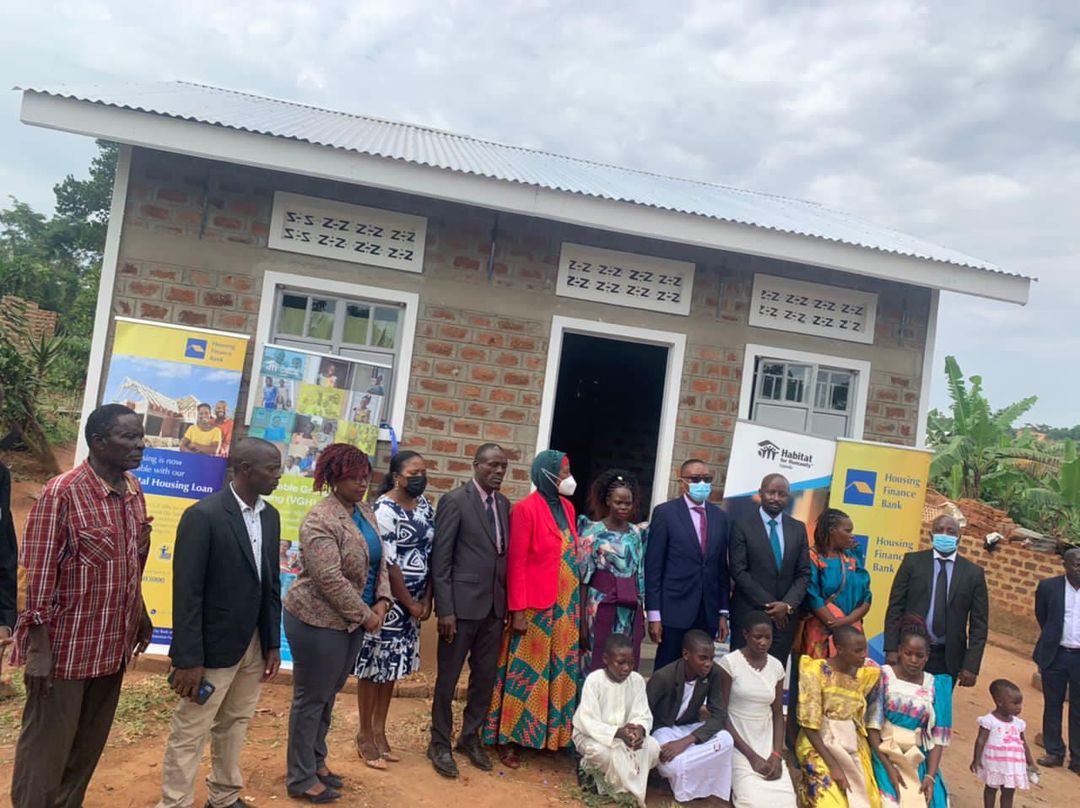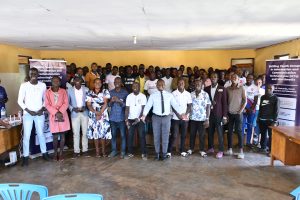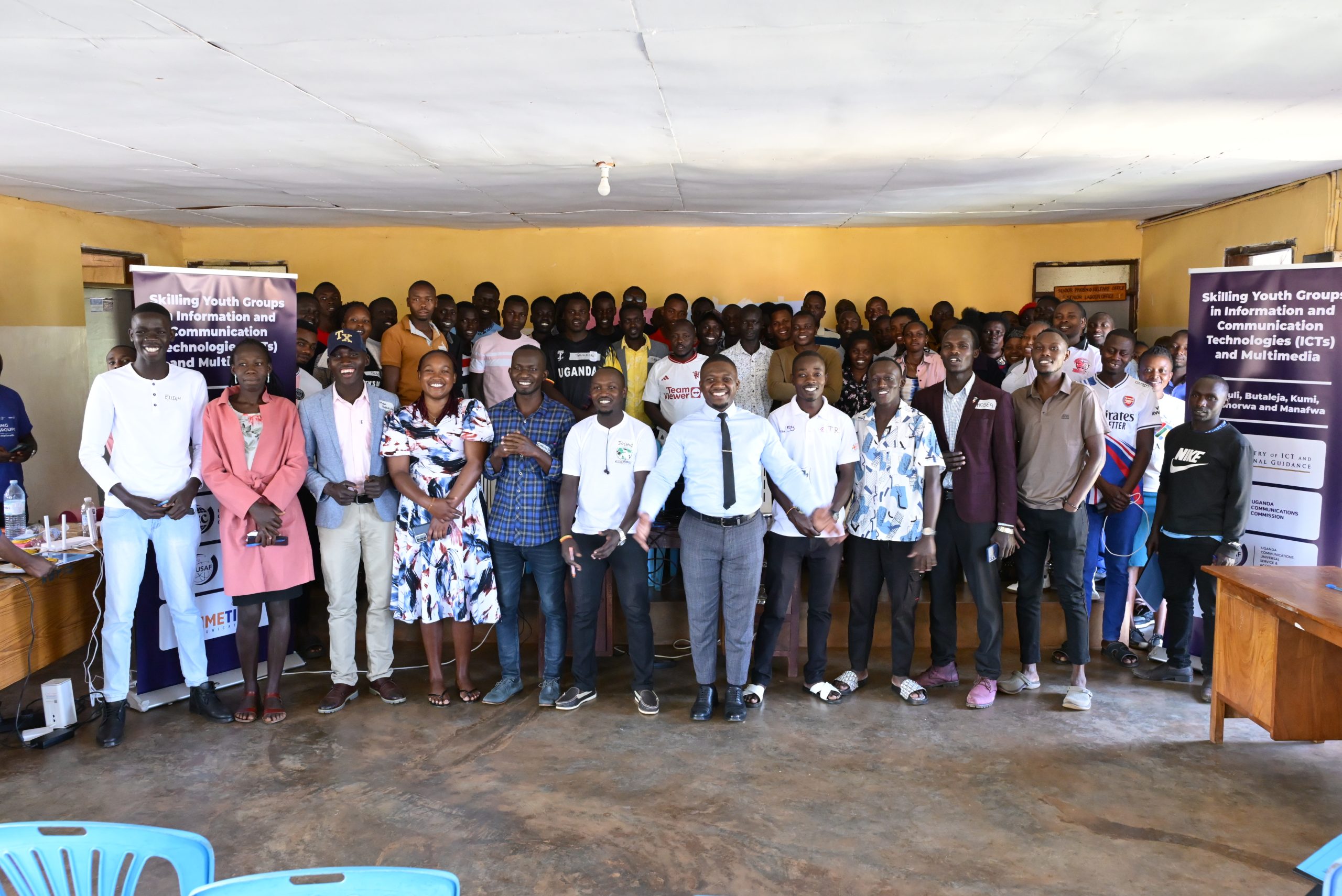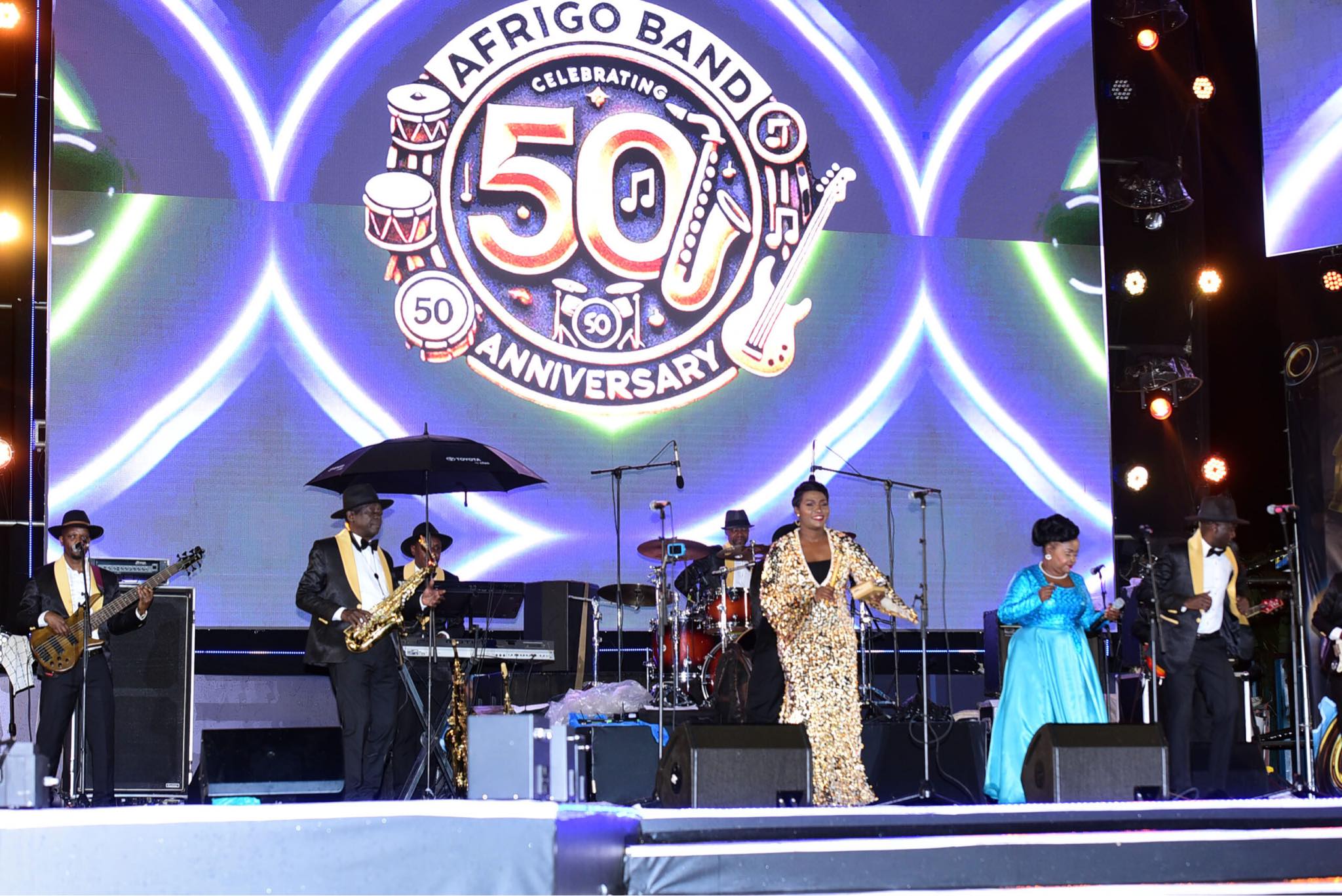#OutToLunch Let us have coffee over affordable housing
By Denis Jjuuko
There are skits on social media of a landlady called Nakayiza. She can visit her tenants at any time and if she finds them eating chicken or meat, she wonders how they can be enjoying expensive foods while still renting. She castigates them for being such poor planners who enjoy life’s excesses instead of becoming landlords like herself.
But if the tenant made a mistake of not inviting her to partake in the meal and/or giving her a drumstick and gizzard, they would be in trouble. She would grab the saucepan and go with it telling them to report her to whoever they want and see if they would still live in her houses. She always strikes at meal time. Nakayiza is hilariously brutal to her tenants especially those who may be in arrears.
Nakayiza may be drama and she excels at it but her script writers know exactly what happens in the communities especially informal settlements where the majority of urban dwellers live in Uganda. Like Nakayiza, tenants in real life face such dehumanizing landlords every day.
Yet as Uganda’s population continues to grow, so is the need for decent housing especially in urban areas. Uganda is one of the most urbanizing countries on the continent thereby putting pressure on already strained housing facilities. The country has a deficit of about 2.3 million housing units and growing by about 200,000 annually.
Lack of proper housing leads to diseases and increases household poverty. A person fearing when Nakayiza would strike wouldn’t be able to have a decent meal at home. One time she complained of a family eating avocado yet a necessary food for children’s growth. But also, one wouldn’t be able to concentrate at anything because they spend all their time fearing when Nakayiza would strike.
This calls for more investment in affordable decent housing. By affordable I mean a house the majority of people would be able to own over a long period of time say 10 to 30 years. People would consider that they have a stake in the country and will work hard to ensure they can own the property at one stage in their lifetime thereby leading to economic growth.
I recently came up a report titled “A Ladder Up: The construction sector’s role in creating jobs and rebuilding emerging market economies,” commissioned by Habitat for Humanity and it had some interesting findings. For “every US$1 million in construction output creates an average of 97 jobs across countries ranging from 43 jobs per US$1 million in Mexico to 182 jobs per US$1 million in India,” the report reads.
I believe in Uganda, one US$1m invested in housing could create as many as 500 jobs. From informal workers such as porters and bricklayers to professional workers such as architects and engineers. No need to mention indirect workers at steel factories and the entire value chain and money paid to government for permits and such other things.
According to Habitat for Humanity Uganda, a two-bedroom affordable house in an urban area cost approximately Shs35m or US$9,000 (doesn’t include the cost of land). So, with US$1m, one can be able to build at least 100 houses in an urban area. In a not so urban area, the cost is Shs25m.
These numbers could go further down if the government lowered taxes on construction materials and there were massive projects planned so that they could enjoy economies of scale. Banks could be incentivized to provide affordable financing. Residential construction has a lot of potential.
“Investment in residential construction, in particular, represents a potential win-win for low- to middle-income countries, as it creates quality jobs while filling a massive void in affordable housing,” the report mentioned above further reads.
An investment of just US$1m in a community would change it forever. Once people aren’t worried of returning home during the rainy season when the landlord has removed one of the iron sheets, they would be able to push their other dreams.
As we have seen with Nakayiza and landlords like her, commercial tenants don’t go through the humiliation that residential tenants face. When a commercial tenant defaults, the landlord simply locks up the premises. The tenant’s family isn’t dehumanized. So residential housing for the country’s development is where we should put much more emphasis. It is high time we seriously had coffee on affordable housing.
The writer is a communication and visibility consultant. djjuuko@gmail.com











